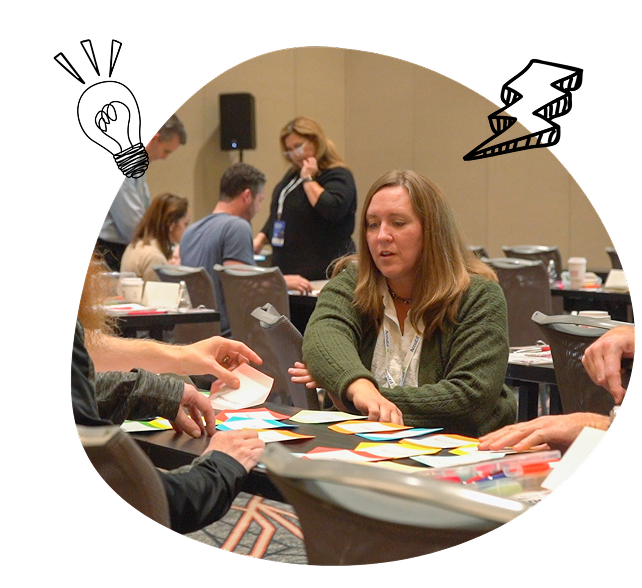
Our keynotes are designed to spark curiosity, creative thinking, critical reflection, and authentic connection across entire school communities. Rooted in research, storytelling, and real-world strategies, each keynote challenges the status quo while reigniting purpose and passion in education.
Whether speaking to hundreds at a district kickoff or energizing a conference crowd, these keynote speakers remind educators why their work matters and how to build learning environments that truly prepare students for the future.

Burnout is real—but so is joy. This keynote helps educators reconnect with their purpose, creativity, and well-being. Full of heart and humor, it reminds us that reengaging students starts with reengaging ourselves.
From Gen Z to Gen Alpha, every generation has its own way of learning, questioning, and creating. This keynote blends research, generational insights, and hands-on strategies to help educators engage today’s learners while preparing for tomorrow’s world.

Katie’s workshops are designed for deep engagement. These sessions go beyond inspiration, giving educators tools, frameworks, and guided practice to implement immediately. They are perfect for professional development days, breakout sessions, or extended trainings.

Whether you’re planning a district-wide keynote, a creative leadership retreat, or hands-on professional development, we will help your staff reimagine what’s possible.